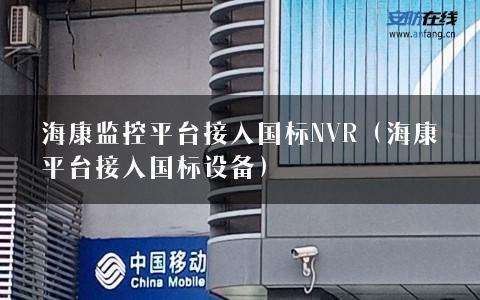Introduction
Video surveillance, also known as video monitoring or CCTV (closed-circuit television), is a system that uses cameras to capture and record video footage in order to monitor and protect various areas. With advancements in technology, video surveillance has become an essential tool in ensuring safety and security in public spaces, businesses, and even homes.
Components of Video Surveillance
Video surveillance systems consist of several key components. The first component is the camera, which captures the video footage. These cameras can be fixed or pan-tilt-zoom (PTZ) cameras that can be remotely controlled. The second component is the video recorder, which stores and manages the recorded footage. This can be a digital video recorder (DVR) or a network video recorder (NVR). The third component is the monitor, which displays the live or recorded video footage. Additionally, video surveillance systems may also include motion sensors, alarms, and remote access capabilities.
Benefits of Video Surveillance
Video surveillance offers numerous benefits in terms of security and safety. Firstly, it acts as a deterrent to potential criminals, as the presence of cameras can discourage illegal activities. Secondly, it provides evidence in case of criminal incidents, helping law enforcement agencies to identify and apprehend suspects. Moreover, video surveillance can help monitor and manage traffic, ensuring smooth flow and reducing congestion. In addition, it can be used to monitor employees and improve productivity in workplaces. Lastly, video surveillance can enhance the overall safety and security of public spaces, making them more welcoming for residents and visitors.

Privacy Concerns
While video surveillance has its advantages, it also raises concerns about privacy. The constant monitoring of individuals in public spaces can be seen as an invasion of privacy. To address these concerns, it is important to ensure that video surveillance systems are used responsibly and in compliance with privacy laws. This includes placing cameras only in public areas and avoiding areas where individuals have a reasonable expectation of privacy, such as restrooms or changing rooms. Additionally, it is crucial to secure the recorded footage and restrict access to authorized personnel only.
Conclusion
Video surveillance plays a vital role in ensuring safety and security in various settings. It acts as a deterrent to crime, provides evidence for investigations, and enhances overall public safety. However, it is important to balance the benefits of video surveillance with privacy concerns. By using video surveillance systems responsibly and in compliance with privacy laws, we can harness the power of this technology while respecting individuals’ privacy rights.
该文观点仅代表作者,本站仅提供信息存储空间服务,转载请注明出处。若需了解详细的安防行业方案,或有其它建议反馈,欢迎联系我们。







